The Tt eSPORTS Challenger Pro Gaming Keyboard -
The Tt eSPORTS Challenger Pro Gaming Keyboard has a nice look to it, but also feels a little light and flimsy (plastic is one word that comes to mind). With most gaming keyboards we expect them to have a heavier feel to them so that they do not slide around on the surface they are placed on. With the Challenger Pro this was not the case. It was much lighter than expected which could be meant to encourage portability, but we cannot confirm that.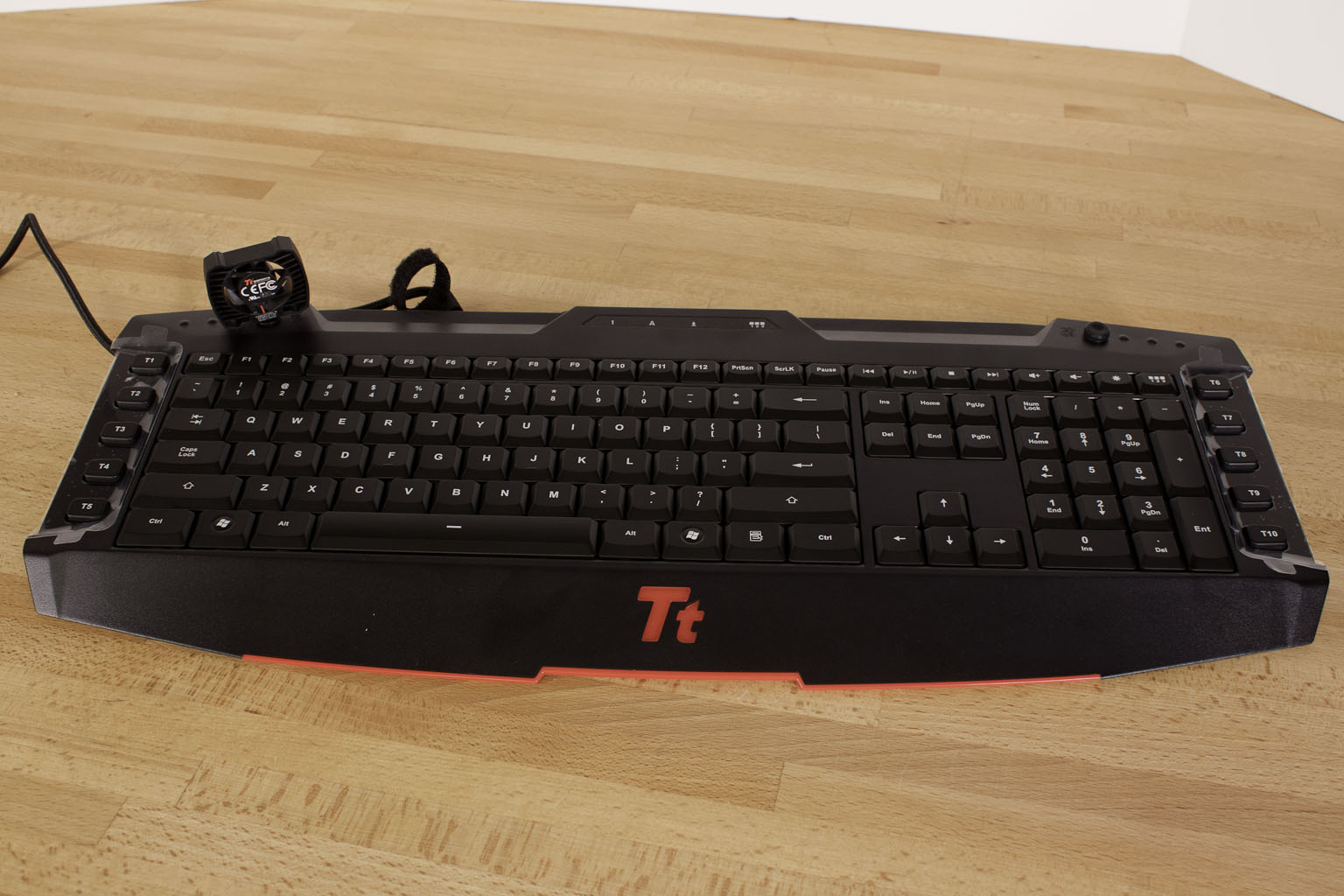 As we mentioned the Challenger Pro does not have mechanical switches, but also does not use the typical scissor type mechanism that most other keyboards do. Instead there is a plastic overlay that has posts for each key. The keys themselves press down into this post to actuate the key press event. It is a simple solution and one that still allows for key replacement and other more advanced features (like better backlighting. Unfortunately this type of configuration also makes the keys feel a little mushy. The reason is that they throw longer than your standard scissor style keys. It gives the impression that the keys are not responsive.
As we mentioned the Challenger Pro does not have mechanical switches, but also does not use the typical scissor type mechanism that most other keyboards do. Instead there is a plastic overlay that has posts for each key. The keys themselves press down into this post to actuate the key press event. It is a simple solution and one that still allows for key replacement and other more advanced features (like better backlighting. Unfortunately this type of configuration also makes the keys feel a little mushy. The reason is that they throw longer than your standard scissor style keys. It gives the impression that the keys are not responsive.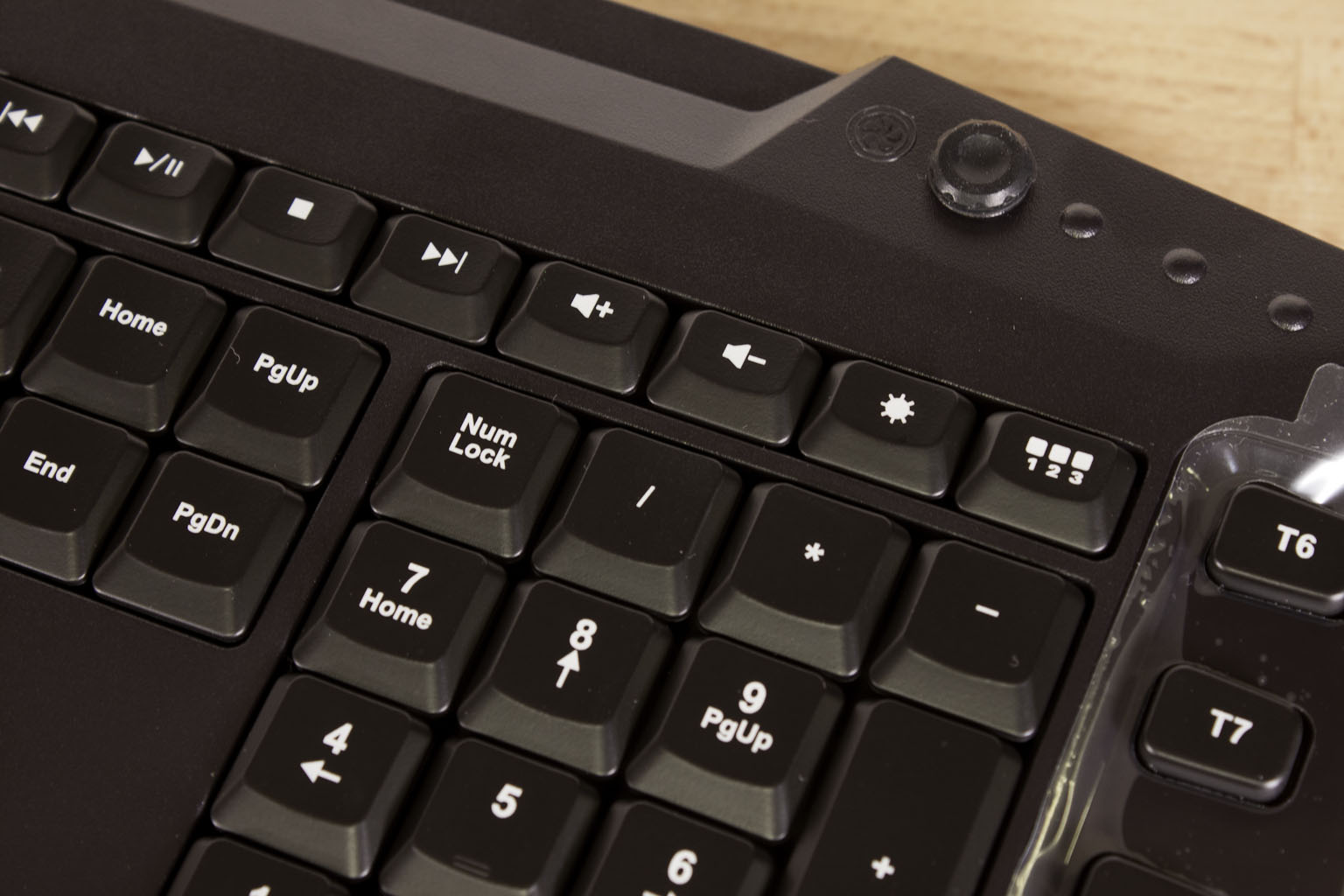
They layout follows the typical style that most modern keyboards do with the addition of a few specialty keys. Along both sides of the keyboard are 5 programmable keys (a total of 10) while the top of the keyboard includes the typical 12 Function keys plus six multimedia keys, a backlight key and a profile switch key. It is a little better than many keyboards that try to make the F-Keys perform multiple functions. The backlight function has three modes 25%, 75% and 100%. As we have stated before we do not count off as a mode.
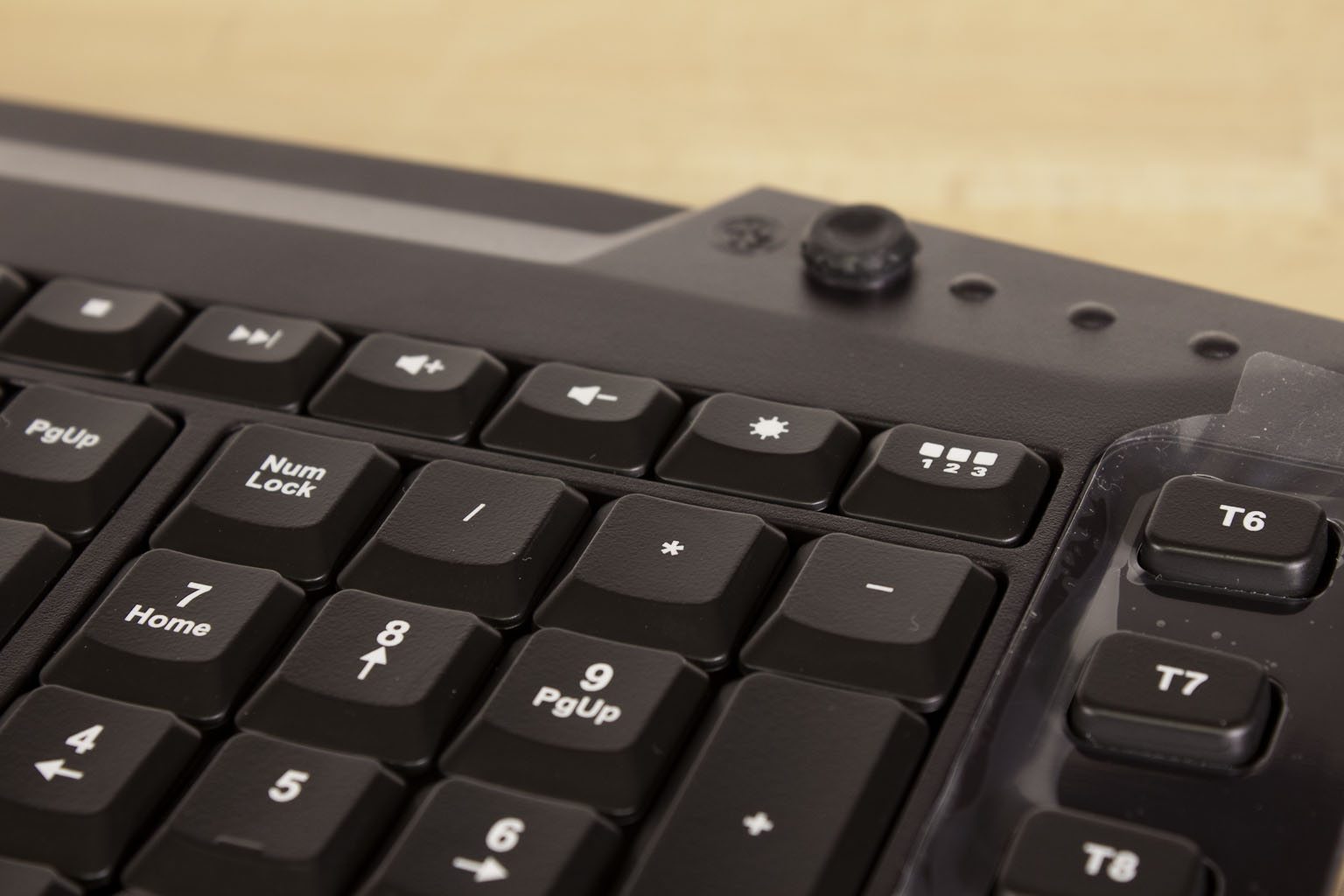 |
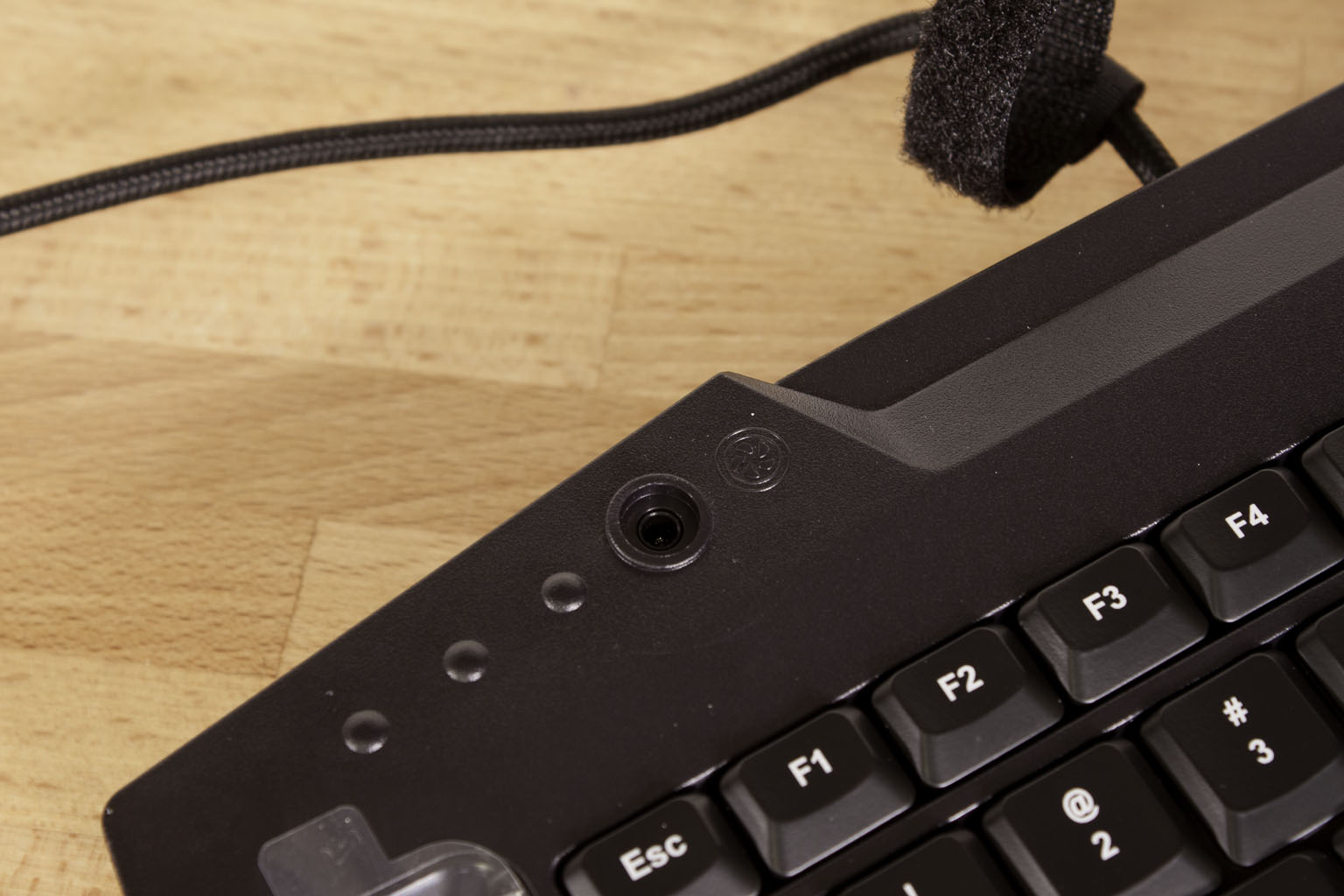 |
 |
Also at the top of the board are two small ports for use with the included hand fan that we showed you. You simply remove the stopper and plug the fan in. It is a small fan and does not move much air so we are skeptical about the claims that it will keep your hand cool during extended gaming.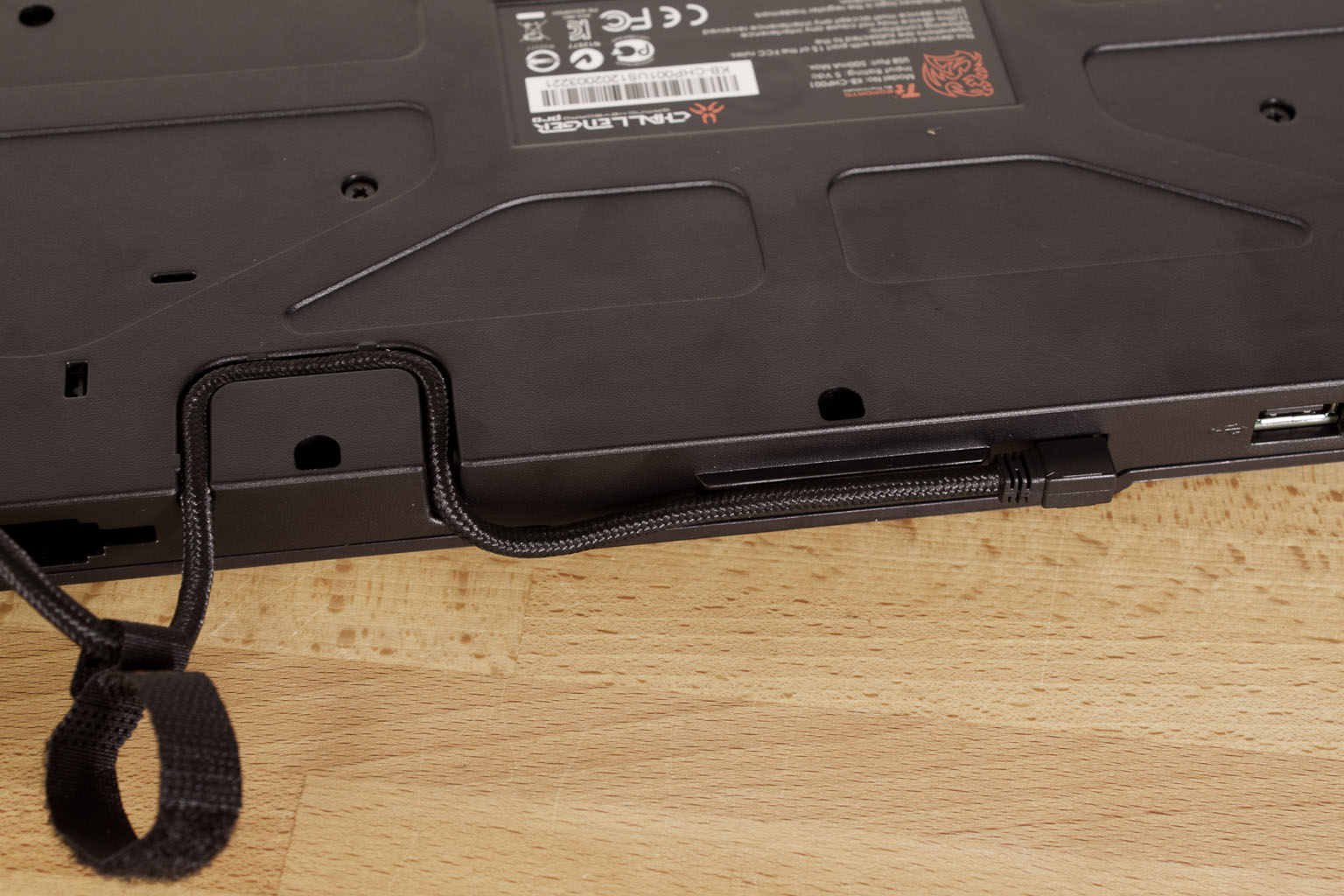
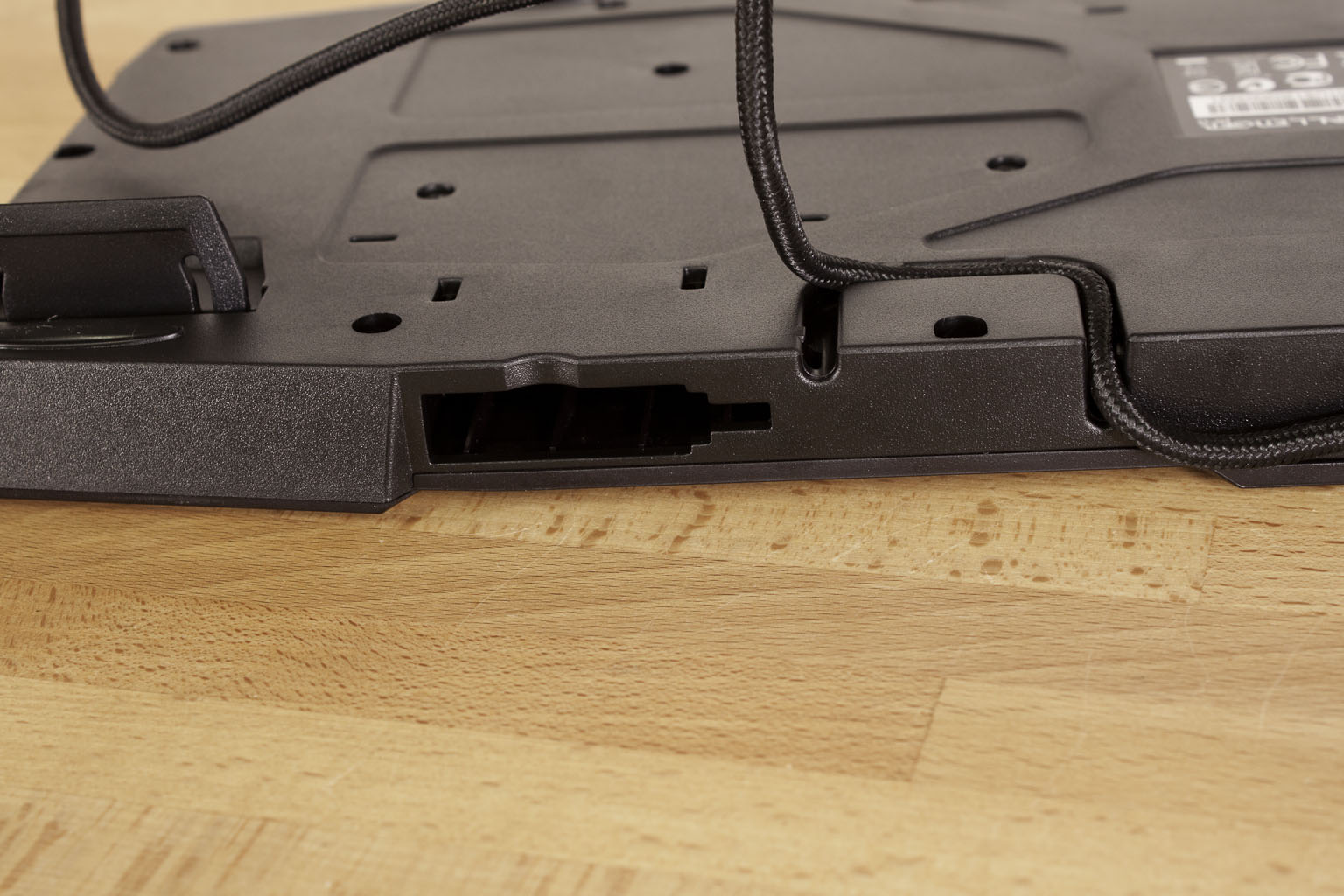 |
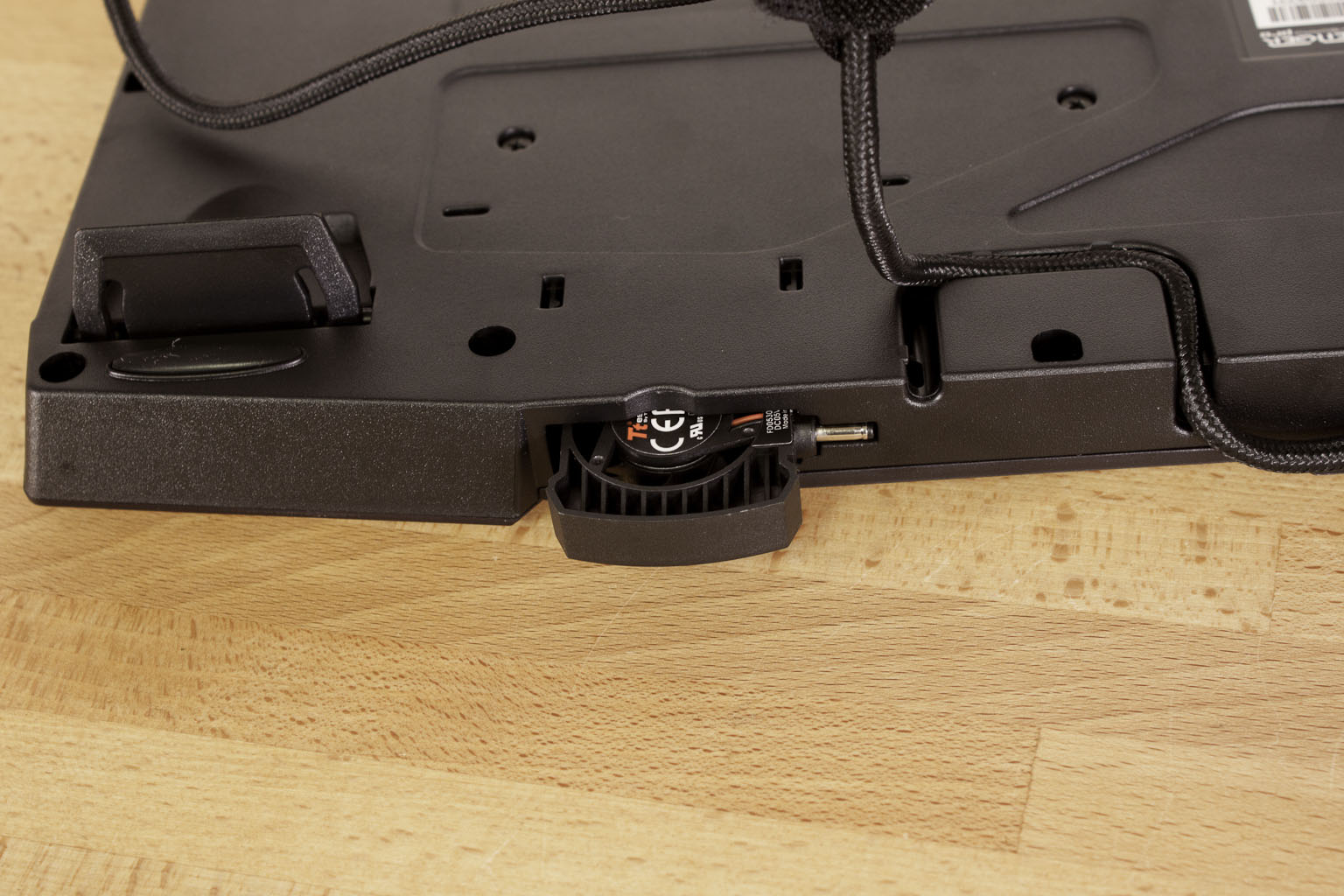 |
Flipping the Challenger Pro over we find a nice channel for the USB cable, a slot to store the fan, two USB ports and rubber feet to prevent the Challenger Pro from sliding. As we will show you in our video there is a small issue with these feet. On the specifics of the board it is important to note that it does not support a high polling rate or n-key rollover. This could hinder gaming performance if you hit more than one key at a time. On the plus side you do have a full 64KB of memory to store macros and profiles.
At this point just looking over the features and design we are not sure that we are expecting great performance, but we will reserve judgment until after we get through all of our tests.



